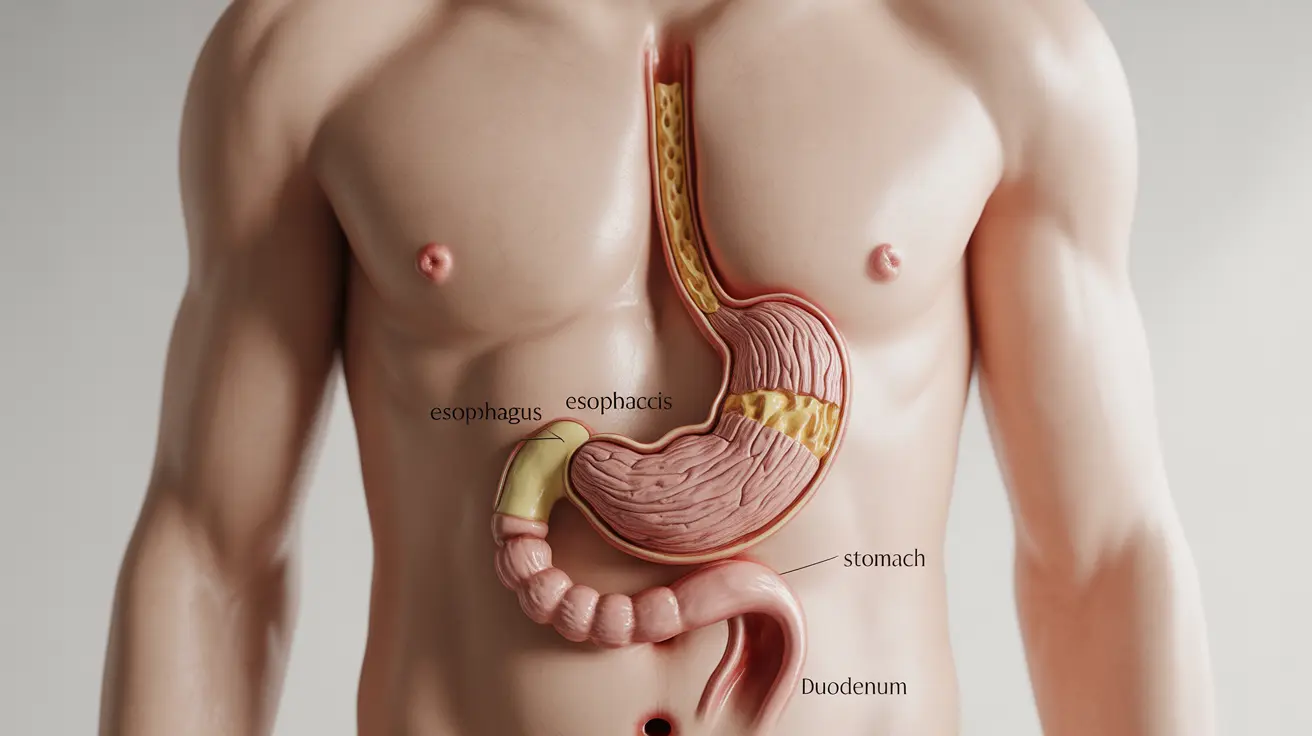Sandifer syndrome is a rare disorder primarily affecting infants and young children, characterized by spasmodic torsional dystonia with posturing, usually involving the head, neck, and back. This condition is strongly associated with gastroesophageal reflux disease (GERD) and can often be mistaken for seizures, making accurate diagnosis crucial for proper treatment.
While the exact prevalence of Sandifer syndrome isn't well-documented, understanding its symptoms, causes, and treatment options is essential for parents and healthcare providers to ensure early intervention and appropriate care.
Clinical Presentation and Symptoms
The manifestation of Sandifer syndrome typically includes several distinctive features that parents and healthcare providers should watch for:
- Sudden, rigid movements of the head and neck
- Unusual posturing, often with the back arched
- Episodes that typically occur during or after feeding
- Movements that may resemble seizures
- Crying or irritability during episodes
- Symptoms that worsen when lying flat
These episodes can last from several seconds to minutes and may occur multiple times throughout the day. The condition most commonly affects infants and young children under two years of age.
Connection to GERD and Other Causes
Sandifer syndrome is strongly linked to gastroesophageal reflux disease, with the unusual movements believed to be a protective mechanism against acid reflux. The posturing may help relieve discomfort caused by the reflux of stomach contents into the esophagus.
Contributing Factors
Several factors may contribute to the development of Sandifer syndrome:
- Severe GERD
- Hiatal hernia
- Esophagitis
- Delayed gastric emptying
- Food allergies or sensitivities
Diagnostic Process
Diagnosing Sandifer syndrome requires a comprehensive medical evaluation and may include:
- Detailed medical history
- Physical examination
- pH monitoring
- Upper GI series
- Endoscopy (in some cases)
- Video recording of episodes
Healthcare providers must carefully distinguish Sandifer syndrome from epilepsy and other neurological conditions to ensure appropriate treatment.
Treatment Approaches
The management of Sandifer syndrome typically focuses on addressing the underlying GERD and may include:
Medical Interventions
- Acid-suppressing medications
- Prokinetic agents
- Dietary modifications
- Proper positioning during and after feeds
Lifestyle Modifications
Several lifestyle changes can help manage symptoms:
- Keeping the infant upright after feeding
- Thickening feeds (under medical supervision)
- Smaller, more frequent feedings
- Avoiding trigger foods in older children
Prognosis and Long-term Outlook
The prognosis for Sandifer syndrome is generally positive, especially when diagnosed and treated early. Most children show significant improvement with appropriate GERD management, and many outgrow the condition as they get older.
Frequently Asked Questions
- What are the common symptoms of Sandifer syndrome in infants and young children?
Common symptoms include sudden head and neck movements, back arching, spasmodic torsional dystonia, and episodes that often occur during or after feeding. These movements may be accompanied by crying or irritability and typically last from several seconds to minutes.
- How is Sandifer syndrome diagnosed and how can it be distinguished from seizures or other neurological disorders?
Diagnosis involves a comprehensive medical evaluation including physical examination, detailed medical history, pH monitoring, and sometimes video recording of episodes. Healthcare providers focus on distinguishing it from seizures through careful observation of episode patterns and their relationship to feeding.
- What causes Sandifer syndrome and how is it related to gastroesophageal reflux disease (GERD)?
Sandifer syndrome is primarily caused by GERD, with the unusual posturing believed to be a protective response to acid reflux. The condition may also be associated with hiatal hernia, esophagitis, and delayed gastric emptying.
- What are the treatment options for Sandifer syndrome and how can symptoms be managed effectively?
Treatment typically focuses on managing underlying GERD through acid-suppressing medications, dietary modifications, and proper positioning during and after feeds. Additional interventions may include prokinetic agents and lifestyle adjustments.
- Can Sandifer syndrome lead to any serious complications if left untreated?
If left untreated, Sandifer syndrome can lead to complications such as failure to thrive, chronic esophagitis, and developmental delays due to feeding difficulties. However, with proper treatment, most children have an excellent prognosis and may outgrow the condition.




